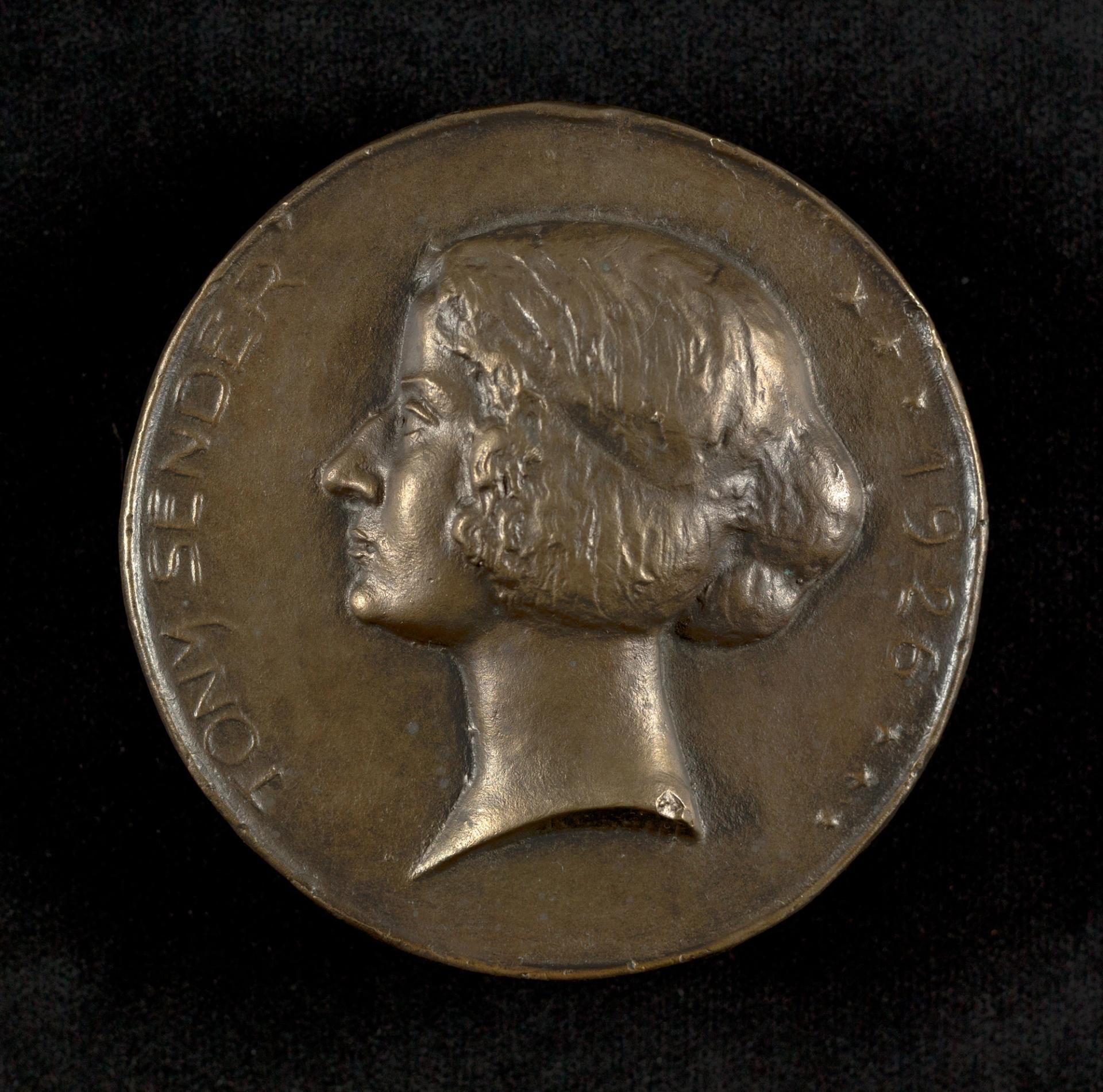The world’s oldest collection of archival material on the Nazi era is set to reopen following a major renovation, with a new exhibition of works by German Jewish sculptor Fred Kormis.
London’s Wiener Holocaust Library has revamped its main exhibition space to make it more suitable for displaying its collection to the public, marking its first renovation since moving to its current Russell Square location in 2011.
Barbara Warnock, senior curator, says: “This summer we’ve completely ripped out and renewed the exhibition space. We’ve basically changed everything about it, all the showcases, the décor, the lighting.
“Previously our showcases were recessed and quite flat. Objects sat deeply which made it hard to make a visual impact. We now have wall-mounted and movable cases which are more flexible and can show items off much better.”
The library has chosen to use sculpture to show off the potential of the new space, with an exhibition of works by Kormis, who used art to highlight the plight of victims of conflict and concentration camps.
Who was Fred Kormis?
The sculptor had a life worthy of a film script. Fighting for the Austrian army in World War I, he was injured and imprisoned by Russia in a Siberian camp for five years—a woodcut print of a fellow inmate made during this time is featured in the exhibition.
In 1920 he escaped and returned to Frankfurt, where he resumed his artistic career to considerable acclaim. But, thanks to the rise of the Nazis, Kormis’ work was deemed ‘degenerate’, and he fled to the UK in 1934.

Kormis became a skilled portrait medallist, depicting figures including Winston Churchill
Medal showing Kormis’ sister-in-law and German socialist politician, Toni Sender. Courtesy Wiener Holocaust Library
That year he held his first solo exhibition at the Bloomsbury Gallery, not far from where the Wiener library sits today. However, disaster struck again in 1940, and much of his work was lost when his studio was bombed in The Blitz.
Despite this, he went on to create the Prisoners of War and Concentration Camp Victims Memorial sculpture in Gladstone Park in northwest London, and made a living as a skilled portrait medallist, earning commissions to depict the war cabinet and Winston Churchill in medallion form. He died in London in 1986, aged 92.
Today, although the library mainly holds written material, it has two Kormis artworks in its collection, including a medallion portrait of his sister-in-law, Toni (sometimes spelt as Tony) Sender. Sender was a leading politician in the German socialist movement and the first woman to be elected to the Reichstag, the German parliament. For the exhibition other works will be loaned from the British Museum, the Imperial War Museum, Leeds Art Gallery and the Ben Uri Gallery.
“It made sense for us to combine the refurbishment with an art exhibition to show off the designs in the new cases,” Barbara Warnock explains. “Fred Kormis had a real talent for responding to the remarkable things he lived through in the 20th century and memorialising prisoners of war.”
- Fred Kormis: Sculpting the Twentieth Century, Wiener Holocaust Library, London, 20 September-6 February 2025


